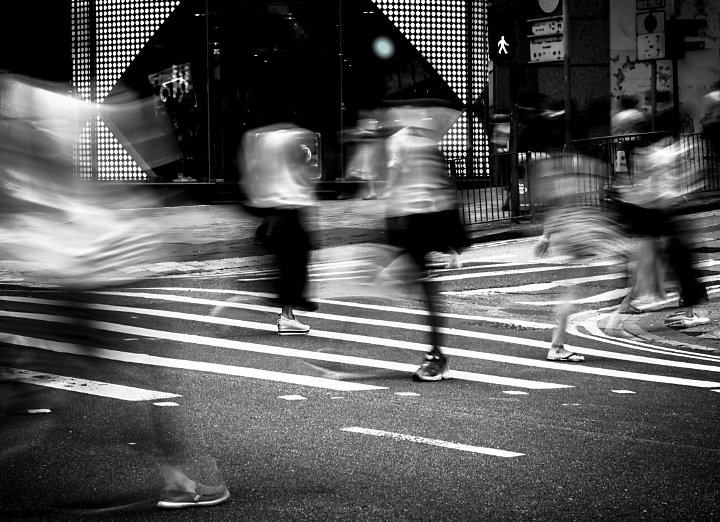Indicators on Framing Streets You Should Know
Table of ContentsHow Framing Streets can Save You Time, Stress, and Money.The Best Guide To Framing StreetsFraming Streets for BeginnersFraming Streets Can Be Fun For AnyoneThe Single Strategy To Use For Framing StreetsFraming Streets Things To Know Before You Buy
, generally with the goal of catching photos at a crucial or poignant minute by careful framework and timing. https://framing-streets.creator-spring.com/.
, who was influenced to undertake a comparable paperwork of New York City. As the city established, Atget assisted to promote Parisian roads as a worthwhile subject for photography.
Framing Streets Fundamentals Explained
Martin is the first tape-recorded professional photographer to do so in London with a masked electronic camera. Mass-Observation was a social research organisation established in 1937 which intended to record daily life in Britain and to videotape the reactions of the 'man-in-the-street' to King Edward VIII's abdication in 1936 to marry separation Wallis Simpson, and the succession of George VI. Andre Kertesz.'s widely appreciated Images la Sauvette (1952) (the English-language version was labelled The Definitive Minute) promoted the concept of taking a photo at what he described the "definitive minute"; "when kind and web content, vision and structure merged into a transcendent whole" - Best Zoom Lens.
Some Known Facts About Framing Streets.
The recording machine was 'a surprise electronic camera', a 35 mm Contax hidden beneath his layer, that was 'strapped to the chest and attached to a long wire strung down the right sleeve'. His job had little contemporary effect as due to Evans' sensitivities concerning the creativity of his project and the privacy of his subjects, it was not released till 1966, in the publication Several Are Called, with an intro written by James Agee in 1940.
Helen Levitt, after that a teacher of little ones, linked with Evans in 193839. She documented the transitory chalk drawings - 50mm street photography that belonged to youngsters's street culture in New york city at the time, as well as the children who made them. In July 1939, Mo, MA's new digital photography area included Levitt's job in its inaugural exhibitionRobert Frank's 1958 book,, was significant; raw and frequently indistinct, Frank's pictures questioned traditional digital photography of the time, "challenged all the formal regulations put down Get More Info by Henri Cartier-Bresson and Pedestrian Evans" and "contradicted the wholesome pictorialism and genuine photojournalism of American publications like LIFE and Time".